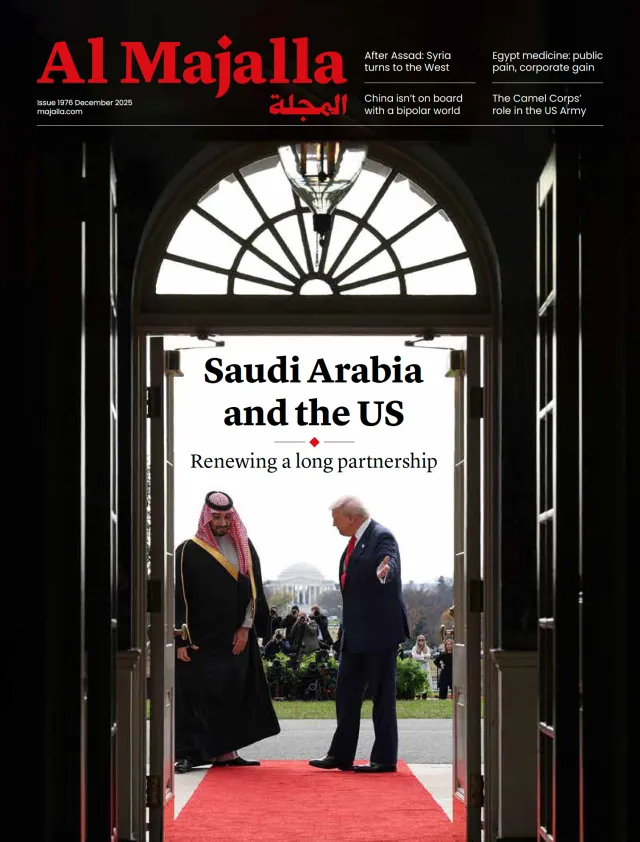When OPEC+ met on 2 November, the alliance’s decision to raise output by a modest 137,000 barrels per day signalled a careful balancing act. For Saudi Arabia and its partners, the move was designed to sustain market stability and demonstrate cohesion amid weakening global demand.
However, beneath this calculated restraint lies a more profound shift. Oil prices, the Arab Gulf’s lifeblood, appear locked into a “lower for longer” trajectory. Brent crude, averaging around $70 per barrel in 2025, is forecast by the US Energy Information Administration to fall towards $62 in 2025 and even $52 in 2026. For the Gulf Cooperation Council (GCC) states, the implications stretch far beyond short-term fiscal arithmetic. They go to the heart of the region’s economic development model.
For decades, the Gulf’s prosperity rested on a simple equation. Oil rents were converted into infrastructure, jobs and social welfare to ensure stability and modernisation. That rentier compact allowed the GCC to finance rapid urbanisation, world-class infrastructure and sovereign wealth funds that now rank among the world’s largest. It also entrenched dependence on a single resource. Even as diversification strategies have gathered pace, the paradox endures. It takes oil money to build a post-oil economy.
Today, that paradox is becoming increasingly difficult to sustain. The OPEC+ decision highlights how global energy dynamics are changing. With inventories well-supplied and demand growth plateauing, the IEA estimates that oil supply will exceed demand by approximately 4 million barrels per day in 2026. Efforts to defend high prices risk undermining long-term market share.
Saudi Arabia’s fiscal breakeven, estimated at around $90 per barrel and even higher when Public Investment Fund (PIF) spending is factored in, now appears increasingly ambitious. A world of $60 oil does not merely squeeze budgets. It challenges the very foundations of the Gulf’s new development model.




